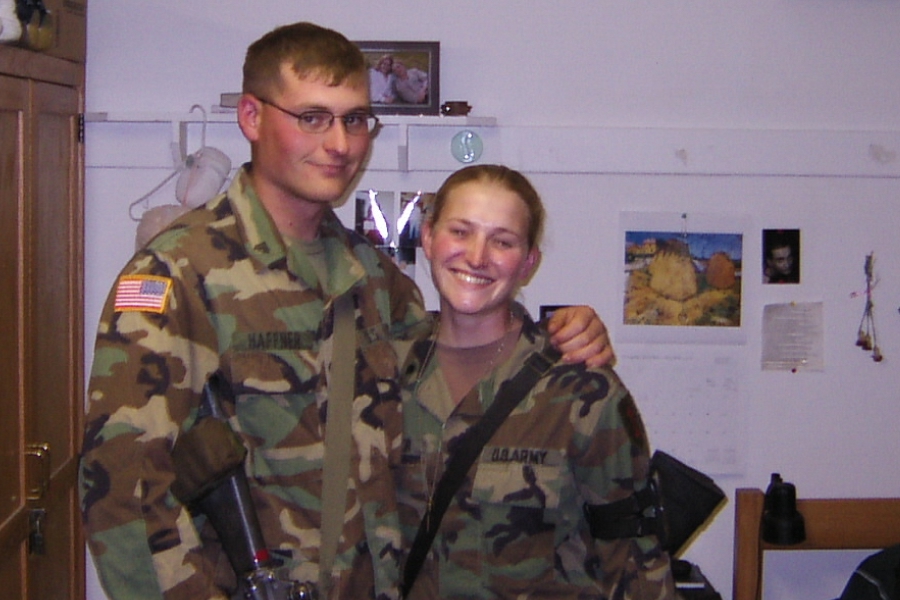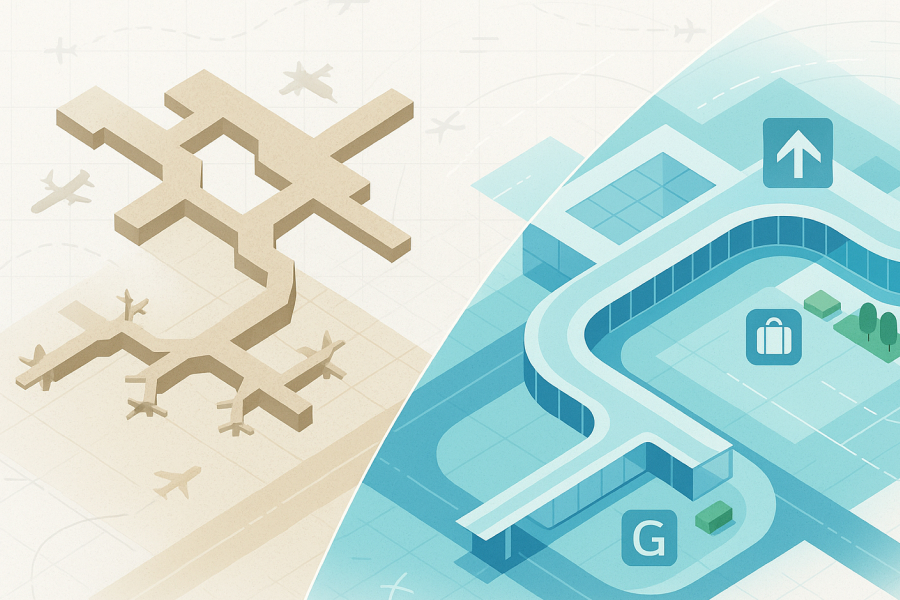Find a comfortable place to sit, either a chair, with your feet flat on the floor, or a cushion, with your feet and legs crossed over one another.
Close your eyes.
Take three or four large deep breaths, inhaling in for four seconds, and then out for six seconds.
Then, breath normally, following your breath as you inhale and then exhale.
Continue following your breath for the next five minutes—or as long as you’d like, so long as you feel comfortable and you remain focused on your breath.
Congratulations—you’ve just completed a meditation session. To be exact, a form of meditation referred to as “mindfulness.”
Age of anxiety
As the information age has gone into overdrive, thanks to the proliferation of social media, smartphones and other emerging technology that allows each of us to “stay connected” with the world more than ever, many people are turning to tools like mindfulness meditation to help them relax, de-stress and, overall, bring a sense of calm to their lives.
Even as smartphones and “connected” devices may play a role in our heightened stress and anxiety, there are a bevy of smartphone meditation apps designed to encourage and help people practice.
Suffice it to say, people around the world are high on stress and anxiety, and low on ways to find peace and calm.
Construction workers are no different. The essence of a construction project is already inherently stressful, with tight deadlines and high stakes for things to be built on time and on budget.
To help the construction, engineering and architecture community cope with this, three Bluebeam employees who are also frequent meditation practitioners offered to tell their mindfulness origin stories and insights about how the practice could be helpful to others.
For its part, Bluebeam has a meditation room at its headquarters in Pasadena, California—although, for the time being, all employees are working from home—and the company encourages its employees to be open to mindfulness as a way to promote wellness in the workplace.
Keeping an open mind
Jose Lopez, a Bluebeam technical support specialist, has been a mindfulness practitioner since he was a young boy taking jujitsu and other martial arts classes.
“At the end of each practice we’d always sit down and do breathing exercises,” Lopez said. “That’s basically meditation in its purest form.”
“I remember walking outside after practice, walking to the park and just being like, ‘wow—the colors are so vivid. I feel so relaxed.’ That was kind of my start.”
Lopez continued practicing mindfulness in college at Tufts University in Medford, Massachusetts. Today, Lopez said he uses it to “deal with workplace stress or just to be present where things feel like they’re piling on top and you just want to suddenly re-center yourself and realize that everything’s going to be good in the long run.” He uses the Calm meditation smartphone app and often visits the Los Angeles Shambhala Meditation Center on the weekends.
Lopez said construction workers unfamiliar with mindfulness should keep an open mind. “Wouldn’t you like a forum to be able to take a stressful experience and suddenly be able to overcome it in a way that doesn’t feel like you’re just trying to plow through it?” he asks. “Because that’s what meditation is a tool for.”
Staying in the moment
Laura Marks, Bluebeam’s in-house career development coach, has been meditating since she was a teenager in the 1970s. “My parents were into meditation and we actually did it as a family,” she said. “I’ve kind of had meditation as a presence in my life on and off ever since.”
Not long after moving to California in 2011, Marks and her husband, who is also a mindfulness practitioner, decided to learn more about the practice by taking a series of courses on it at the University of California, Los Angeles’ (UCLA) Mindfulness Awareness Research Center. The two have also gone on meditation retreats, where participants spend a whole weekend or longer meditating and often spend the entire time in complete silence.
Today, she and her husband probably meditate for about 30-40 minutes per day. “Most of the time it’s after work, and we have just found it to be a really valuable piece of our lives,” Marks said.
She cites that meditation and mindfulness has been proven to increase focus and the ability to work with difficult emotions. It can even help with pain management.
“So, for those folks who may feel like it’s a ‘hippie’ concept,” Marks wrote in an email following a phone interview with the Bluebeam Blog, “I’d share information about the work of Jon Kabat Zinn, who said, ‘By focusing on the breath, the idea is to cultivate attention on the body and mind as it is moment to moment, and so help with pain, both physical and emotional.’”
Meditation for everybody
Cory Olson, Bluebeam’s senior learning and development specialist, first meditated when he was living in South Korea in 2010. In fact, his initial exposure came when he spent three days essentially living at a Buddhist temple.
“This was full-on, stereotypical, Buddhist meditation things,” Olson said, “where we were waking up at 3:30 a.m. and doing an hour and a half of meditation with the gongs and bells and drums and everything like that.”
“It was a great experience,” he continued, “but definitely not something I would or could do every day.”
Olson’s realization that meditation and mindfulness could be something that he incorporates in his everyday life came when he read “The Happiness Advantage” by researcher and positive psychology advocate Shawn Achor.
The book argues that the conventional wisdom around happiness is backwards. People who think buying more things or getting a new, successful job will make them happy are misguided, he writes in the book. Instead, having an inherently positive outlook fuels success and, in turn, happiness.
“The book really stuck with me a lot,” Olson said. “And then the concept of mindfulness is something that I dug into a lot further and have been continuing since then.”
Olson actively posts guided meditations and other mindfulness insights on Bluebeam’s internal mindfulness Slack channel, and he’s a big advocate of the power mindfulness can have on improving focus and productivity at work.
Olson said mindfulness is especially a helpful combatant to the idea that multitasking at work is an effective way to be more efficient and productive. Meditation, he said, “brings our brains out of that multitask mindset, and it allows us to then have our full focus on whatever we’re doing in that moment.”
“At the end of the day, what all this comes down to is brain chemistry,” Olson added. “It’s what’s going on inside our heads—the different chemicals that are released. That’s what creates our emotions. That’s how we react to stress.”
“So, even if you don’t want to call it meditation or mindfulness,” Olson continued, “bringing that idea of just awareness and then knowing that you can take a moment, take three deep breaths—that is going to impact your brain chemistry. That’s going to impact what goes out into your body, and it’s going to make you more productive.”
“And, whether it’s out at a construction site or whether it’s athletes,” he said, “I don’t think there’s a world-class athlete out there who doesn’t have some sort of mindfulness practice now—because they need it, too. It really is for everybody.”










